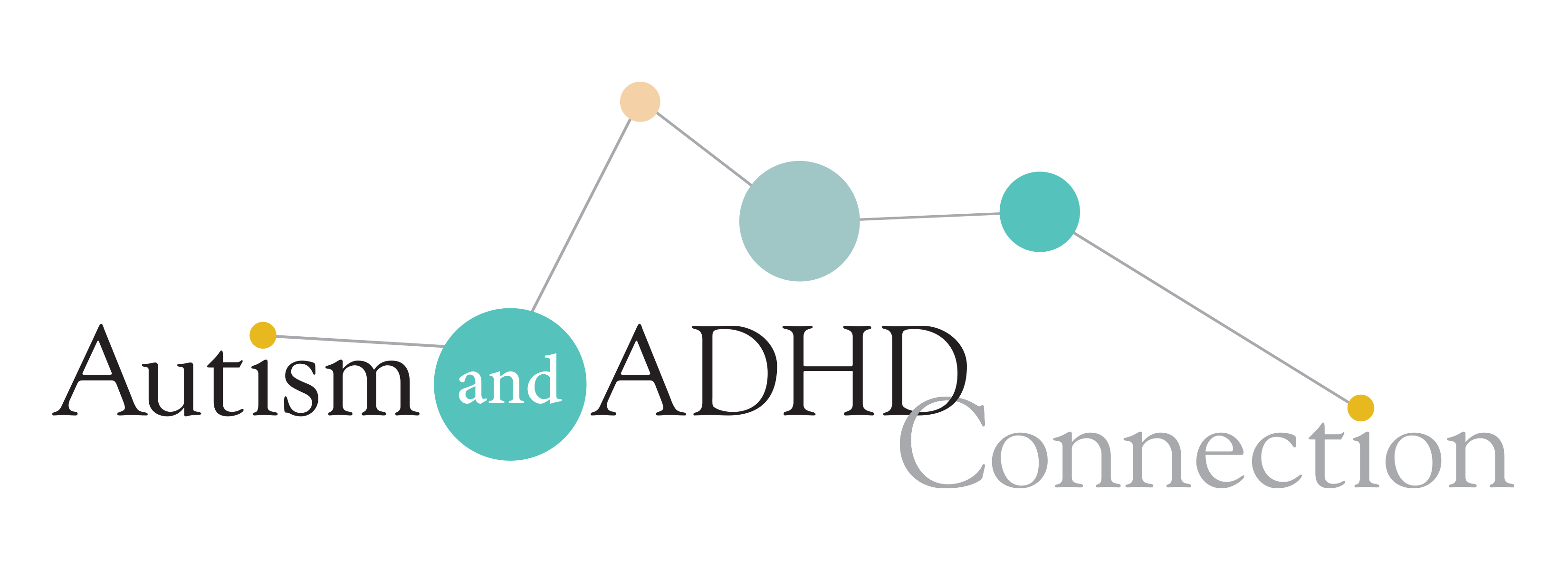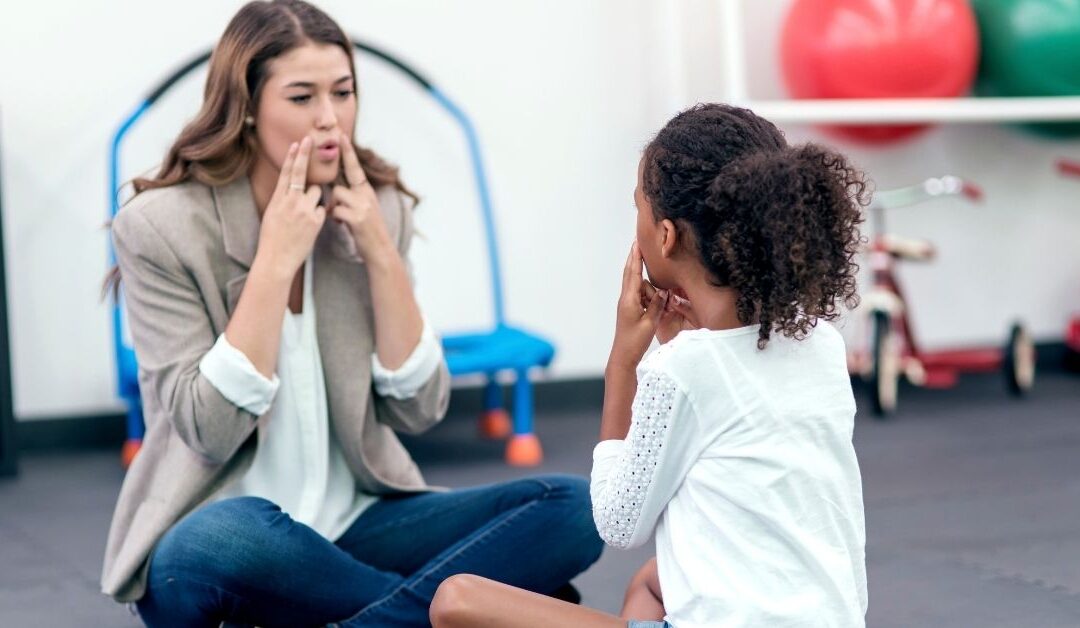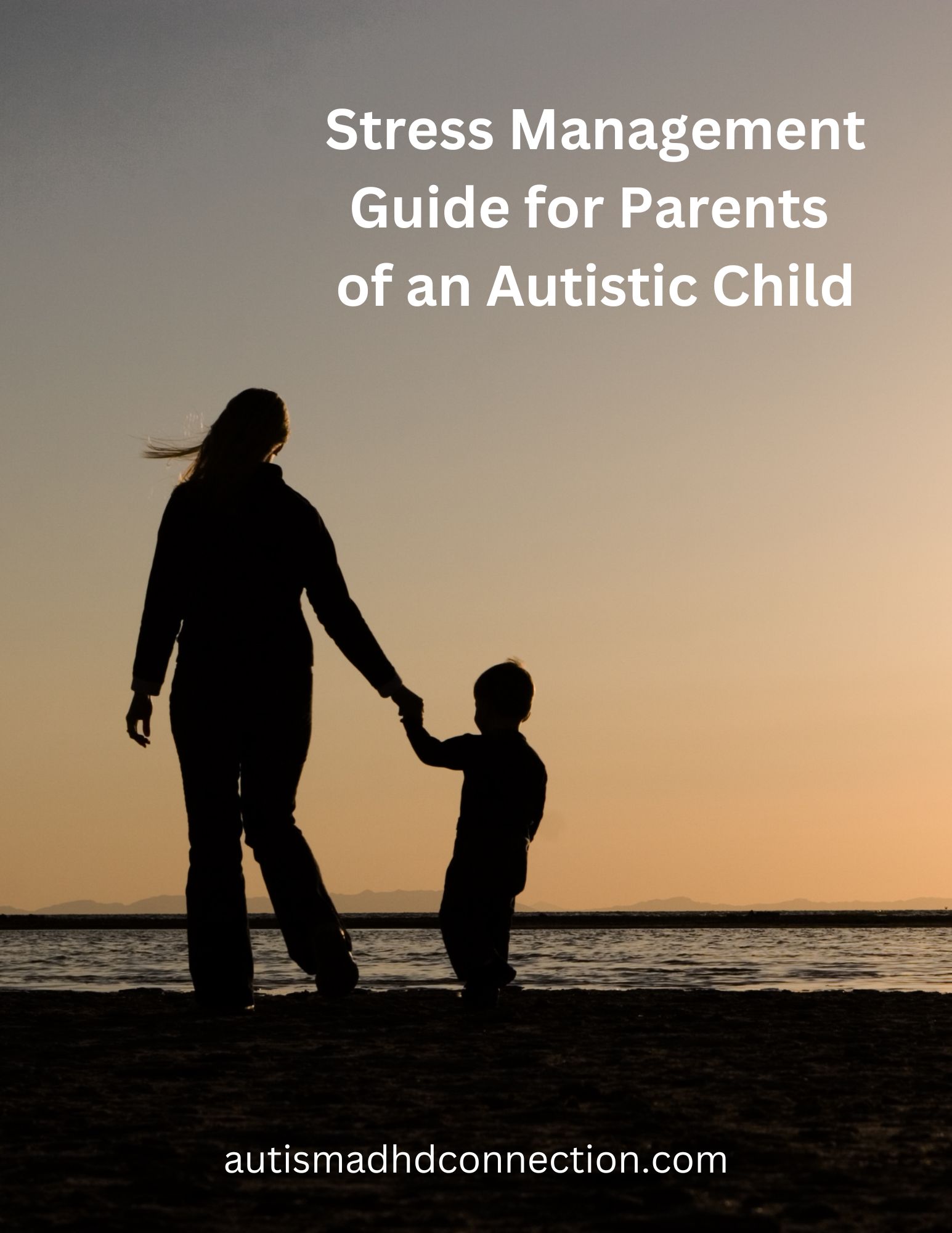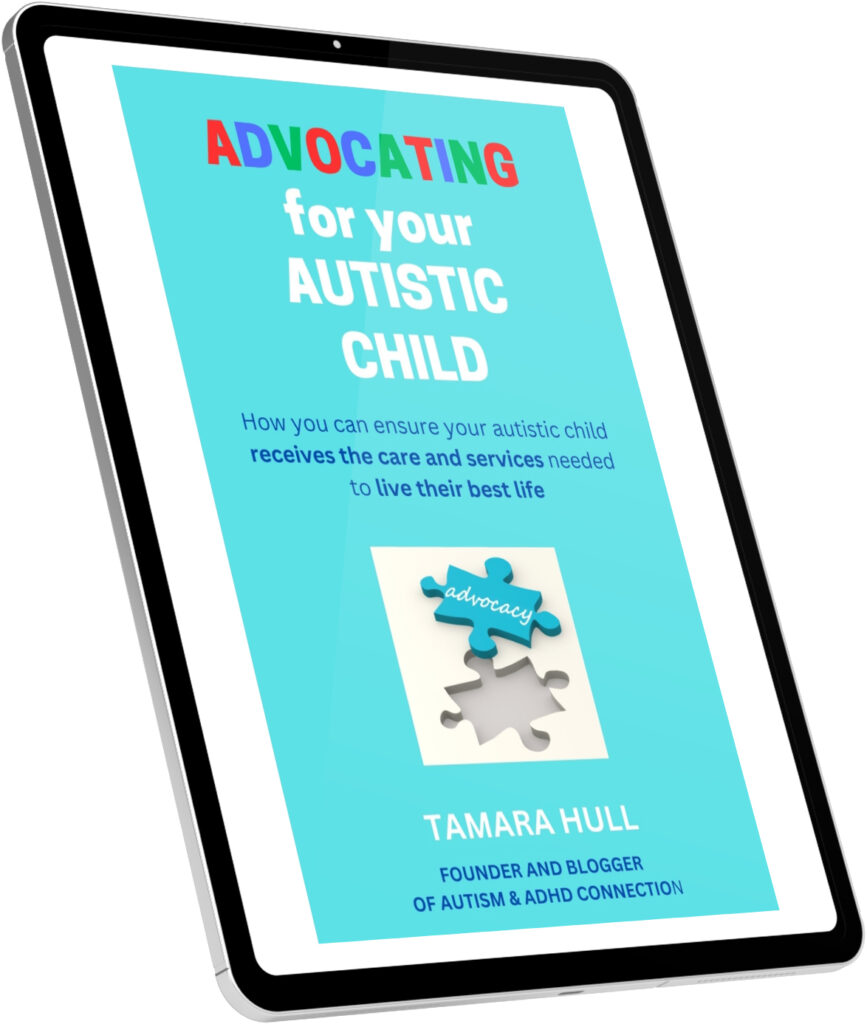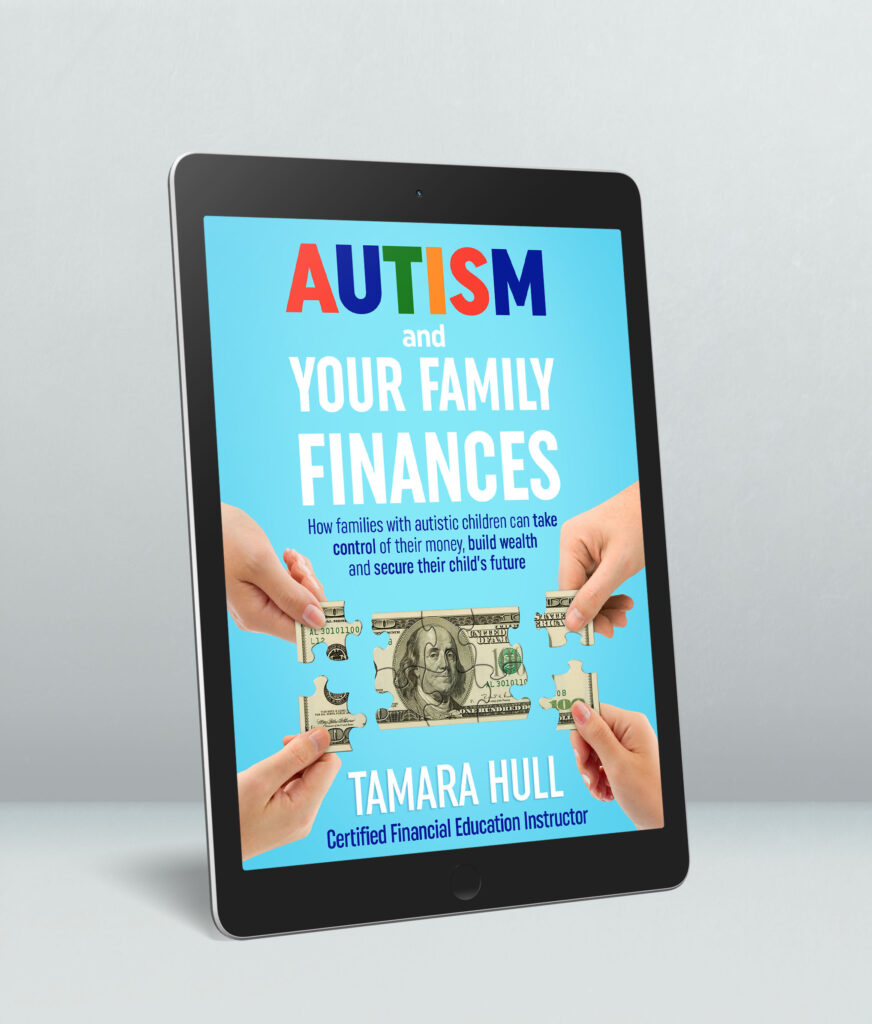As the saying goes, if you’ve met one person with autism, then you’ve met one person with autism. While there are a number of traits that many people with autism may have, they are still specific only to that person. Each autistic person has their own set of challenges. Yet, there are so many treatments and therapies available. When your child also has ADHD, it gets even more complicated. How do you know which treatments are the right ones for your child with autism and ADHD?
What are the most common treatments for autism and ADHD?
Our kids on the spectrum may face several challenges. Those can include communication, social situations, emotional control, lack of executive function skills, sensory issues and more. Therapies and treatments are available to help them learn to cope or overcome them. Some of the most common ones are below.
Applied Behavior Analysis (ABA)
ABA therapists work with a child to adapt their behavior to their environment, mostly home and school. They can help the child improve their language, communication and social skills. In addition, ABA therapists assist in decreasing problem behaviors as well as improve school performance, social skills and attention spans.
Art Therapy
Art therapy focuses on using to art to help autistic people access their emotions, learn how to process the world around them and even help develop life skills.
The American Art Therapy Association notes on their website that “art therapy is an integrative mental health and human services profession that enriches the lives of individuals, families, and communities through active art-making, creative process, applied psychological theory, and human experience within a psychotherapeutic relationship. Art therapy, facilitated by a professional art therapist, effectively supports personal and relational treatment goals as well as community concerns. Art therapy is used to improve cognitive and sensorimotor functions, foster self-esteem and self-awareness, cultivate emotional resilience, promote insight, enhance social skills, reduce and resolve conflicts and distress, and advance societal and ecological change.”
Cognitive Behavior Therapy

For cognitive behavior therapy, a clinical therapist works with the child to better understand their feelings and behaviors. The therapist helps the child understand the “why” behind them. They also can help them rethink their response and learn how to better manage situations in the future. Social skills groups can be a great addition to one-to-one sessions with a therapist. Cognitive behavior therapy also is incredibly important if your child is also dealing with depression, anxiety or another mental health condition.
Hippotherapy (or Equine Therapy)
So how can riding horses help your child? The American Hippotherapy Association defines hippotherapy (or more casually known as equine (horse) therapy) as “how occupational therapy, physical therapy and speech-language pathology professionals use evidence-based practice and clinical reasoning in the purposeful manipulation of equine movement as a therapy tool to engage sensory, neuromotor and cognitive systems to promote functional outcomes. Best practice dictates that occupational therapy, physical therapy and speech-language pathology professionals integrate hippotherapy into the patient’s plan of care, along with other therapy tools and/or strategies.”
Medications
Deciding to use medications for treatment of autism and especially ADHD can be emotional for parents. You should work closely with your child’s doctor to understand the potential benefits and risks of each medicine. For more information about deciding whether or not to use medication as an ADHD treatment for your child, read this blog post.
Music Therapy
If you are not familiar with music therapy, you may wonder what it is. The definition from the American Music Therapy Association describes it as, “Music Therapy is the clinical and evidence-based use of music interventions to accomplish individualized goals within a therapeutic relationship by a credentialed professional who has completed an approved music therapy program. It is a well-established allied health profession that uses music therapeutically to address behavioral, social, psychological, communicative, physical, sensory-motor, and/or cognitive functioning.”
Music therapists create individual goals and plans for each child based on what skills need to be improved for an optimum quality of life. My son J participated in music therapy for about four years and really loved it. In fact, he wants to become a music therapist himself as a career.
Nutritional Therapy
Some autistic people are affected by gluten, dairy and other foods or additives. In addition, many deal with sensory issues regarding food. We deal with this with our son J and also his lack of appetite due to his ADHD medication. A dietitian can help your child by creating an eating plan to ensure they are receiving adequate nutrition in their diets. Your child’s clinical therapist may also assist with behaviors related to eating.
Occupational Therapy
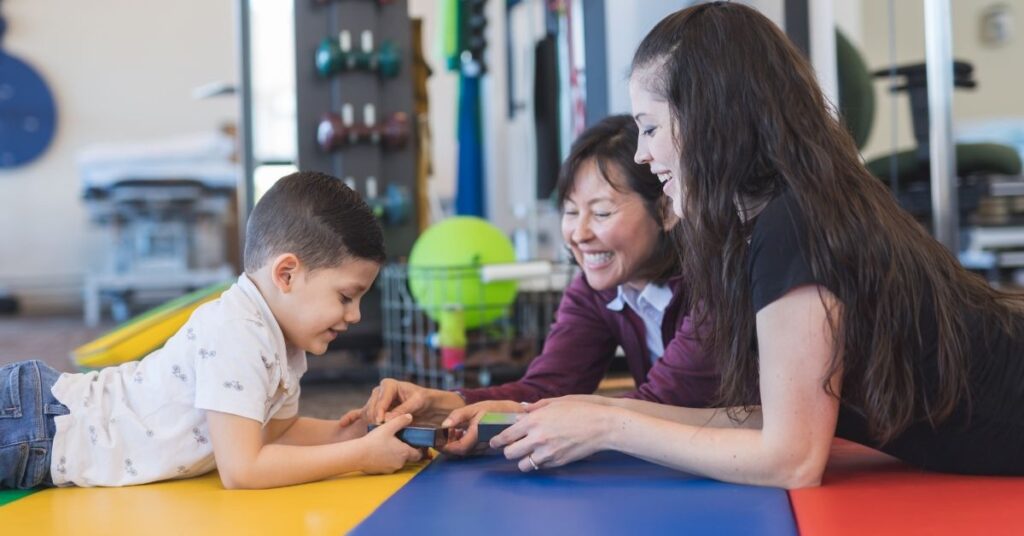
The American Occupational Therapy Association defines occupational therapy as “the only profession that helps people across the lifespan to do the things they want and need to do through the therapeutic use of daily activities (occupations). Occupational therapy practitioners enable people of all ages to live life to its fullest by helping them promote health, and prevent—or live better with—injury, illness, or disability.”
Occupational therapy can help children with autism in a number of ways such as:
- Increasing attention span
- Developing gross motor skills for activities such as riding a bike
- Enhancing fine motor skills to improve handwriting and holding/using objects like scissors
- Improving daily personal skills like brushing teeth or helping with toilet training
- Increasing body awareness to better understand personal space
- Integrating sensory therapy to improve sensitivities to sound, balance and body position
- Developing visual skills for reading and writing
- Improving coping and problem solving skills
- Increasing communication and social skills
Physical Therapy
The Merriam-Webster Dictionary defines physical therapy as “therapy for the preservation, enhancement, or restoration of movement and physical function impaired or threatened by disease, injury, or disability that utilizes therapeutic exercise, physical modalities (such as massage and electrotherapy), assistive devices, and patient education and training.”
You usually hear about physical therapy after an injury, so how can it help those with autism?
- It can help build muscles to help improve balance, coordination, strength and posture.
- Physical therapy helps to increase motor skill ability in children with autism.
- It supports better behavior and mood with the release of endorphins during therapy sessions.
Recreational Therapy
According to the National Council for Therapeutic Recreation Certification, recreational therapy “is a systematic process that utilizes recreation and other activity-based interventions to address the assessed needs of individuals with illnesses and/or disabling conditions, as a means to psychological and physical health, recovery and well-being.
The purpose of the RT process is to improve or maintain physical, cognitive, social, emotional and spiritual functioning in order to facilitate full participation in life. Services are provided or directly supervised by a Certified Therapeutic Recreation Specialist.”
Speech Therapy
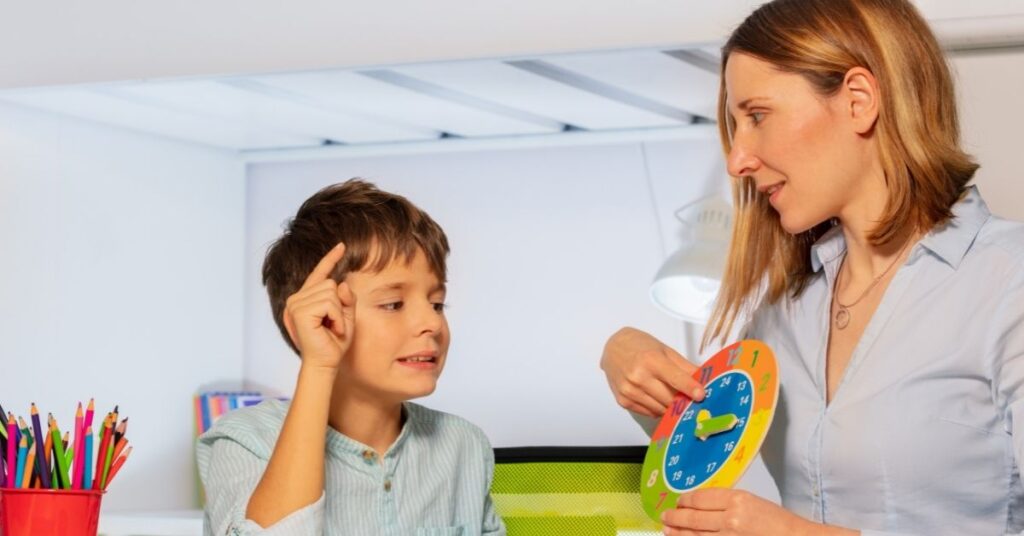
The Merriam-Webster Dictionary defines speech therapy as the “therapeutic treatment of impairments and disorders of speech, voice, language, communication, and swallowing.” One common trait of autism is difficulty with communication. That can include speech delays, literal use of language, difficulty understanding non-verbal communication, inability to speak, and communication social skills deficiencies. Speech therapists can help the child:
- Develop and implement treatment plans for verbal skills by helping the child to improve spoken language, strengthen muscles, and speak more clearly.
- Work on non-verbal skills by helping them understand body language and facial expressions as well as learning how to use augmentative and alternative communication (AAC) devices and tools.
- Learn social skills such as start and keep conversations going, improve social communications, respond to questions, and understand social rules related to communication.
How do I decide which treatments are best for my child?
With so many therapies and treatments available, how do you decide which ones are best for your child with autism and ADHD? You have only so much time and money. Therefore, you want to choose the ones that will be the most effective.
First, you should think through your child’s biggest challenges. Those are the things you want to focus on first. Also, what are your child’s interest and which therapies do you think will be the most effective for them? Once you have the list, talk to your child’s primary care physician to determine the best way forward.
You also want to understand which therapies are covered by your medical insurance. It’s best to know the extent of that coverage, especially in-network verses out-of-network providers, benefit limitations, etc. It’s also good to touch base and ask the special services director at your child’s school about which therapies or programs are offered by the school system. That can be a huge time and cost savings since your child would receive those services during the school day. Finally, do you have your state’s Medicaid waiver for your child? That can cover some treatments like music and recreational therapy that your health insurance does not. It’s a long wait but the sooner you apply, the better.
Our experience choosing treatments
I wish this was any easy process, but some of it includes trial and error to determine what best fits your child.
Here is a list of treatments that we decided on for our son J over the years:
- Occupational therapy – J had ultra-sensitive hearing that was causing him distress, plus he was very clumsy and off balance much of the time. He saw an occupational therapist for about six or seven months, and these issues improved greatly. He still has sensitivity with his hearing, but it’s not nearly as strong as it was before therapy.
- Cognitive behavior therapy – J began seeing his current clinical therapist when he was seven years old. She has been such a lifesaver to our family over the past decade. Not only has she helped J through so much, but she has trained us a parents to help him too. In addition to 1:1 sessions, she had him participate in a social skills group over a summer. We are still in touch with some of the parents and kids from that group!
- Speech therapy – J received social skills and communication help from the speech therapist at school all through elementary school. This is definitely one of the best treatments he received!
- Medication – J sees a psychiatrist who oversees his medications for ADHD, depression and sleep issues. It was a difficult decision to make, but the benefits he receives is definitely worth any risks.
- Music therapy – J participated in music therapy for several years before his music therapist moved out of state. This was probably his favorite treatment, and he would have kept going even longer. He really bonded with his music therapist and decided not to re-enroll to work with someone else. His music therapy was covered by his Medicaid waiver.
- Nutrition counseling – We are starting some sessions with a dietitian this month to make the most of the nutrition when he will eat. He does not want to eat for much of the day because his stimulant medication for ADHD suppresses his appetite. He unfortunately has lost a lot of weight, and his doctor switched him back to a medicine that isn’t quite as bad as the one he has been taking. (Which was so effective in helping his focus and attention, but the not eating downside is just too much.) We hope we can optimize his nutrition with the food he does eat to make sure he is getting enough nutrients and calories.
Once you decide on treatments, don’t hesitate to discontinue if you don’t see benefit from it. You also may need to change therapists or providers if you don’t think they are the right fit for your child.
What treatments or therapies have been the best ones for your child with autism and ADHD? What advice do you have for parents about choosing treatments? Leave a comment so that we can share and encourage each other along this journey.
